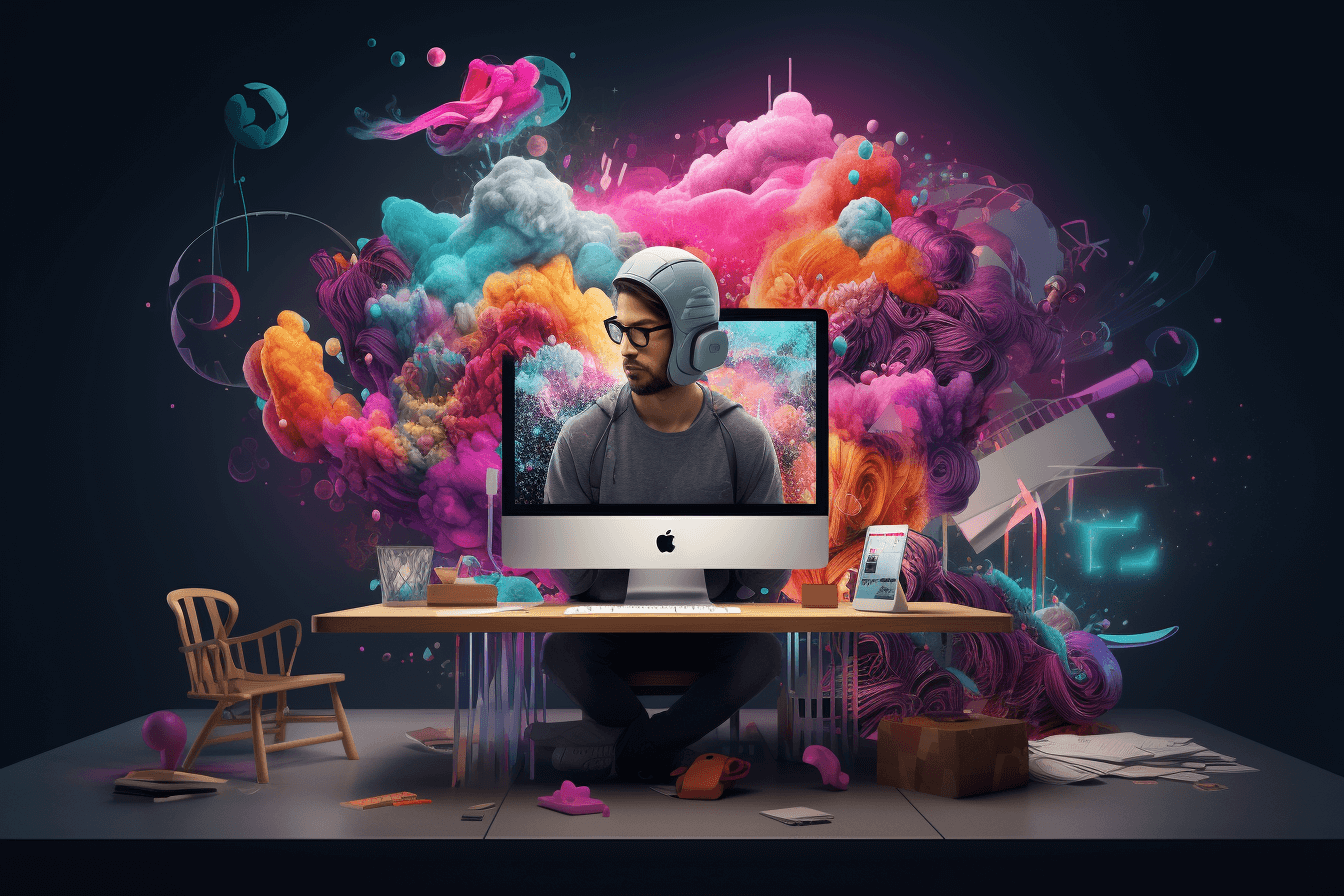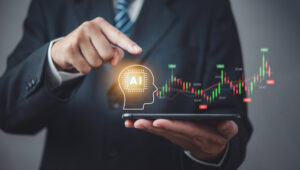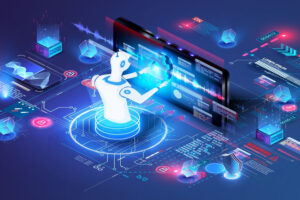In recent years, the intersection of AI and the gig economy in the design industry has captured the attention of digital creators worldwide. This dynamic duo is reshaping how design work is conceived, executed, and delivered, offering both exciting opportunities and intricate challenges. As we delve into the world of AI and gig work, we discover how these forces are redefining the design landscape.

Understanding AI in Design
Artificial Intelligence (AI) has made significant inroads in the design sector, automating tasks and enhancing creative processes. From generating design concepts to optimizing workflows, AI tools are becoming indispensable. They offer designers the ability to experiment with new techniques and refine their work with greater precision.
The Rise of the Gig Economy
The gig economy, characterized by short-term and freelance work arrangements, has gained momentum across various industries, including design. It provides flexibility and autonomy to designers, allowing them to choose projects that align with their skills and interests. Platforms like Fiverr and Upwork have facilitated this growth, connecting freelancers with clients globally.
AI’s Role in the Gig Economy
AI is playing a pivotal role in the gig economy by streamlining processes and improving efficiency. Freelancers can leverage AI-powered tools for tasks such as portfolio creation and client communication. AI-driven analytics also help freelancers understand market trends and set competitive pricing.
Benefits of AI in Design
The integration of AI in design offers numerous benefits, including increased productivity and enhanced creativity. AI algorithms can analyze vast amounts of data to generate insights that inform design decisions. This allows designers to focus on more complex and creative aspects of their work.
Challenges Faced by Designers
Despite its advantages, AI presents challenges for designers, especially in the gig economy. Concerns about job security and the fear of being replaced by machines are prevalent. Additionally, the need to continuously update skills to keep pace with technological advancements can be daunting.
Maintaining a Human Touch
One of the primary challenges is ensuring that AI-generated designs retain a human touch. While AI can mimic certain styles, it often lacks the emotional depth and intuition that human designers bring to their work. This is where the importance of emotional design connection comes into play.
Future of AI and Gig Economy in Design
The future of AI and the gig economy in design looks promising, with potential for further innovation and growth. As AI technology evolves, designers can expect more sophisticated tools that enhance their capabilities. The gig economy, in turn, will continue to offer opportunities for flexible and diverse work arrangements.
Adapting to Change
For digital creators, adapting to the changing landscape is crucial. Embracing AI and leveraging its capabilities can lead to more efficient workflows and innovative design solutions. Staying updated with the latest trends and continuously learning will be key to thriving in this environment.
Conclusion
In conclusion, the intersection of AI and the gig economy in design presents a landscape rich with opportunities and challenges. By embracing technological advancements and maintaining a focus on creativity and human connection, digital creators can navigate this evolving terrain successfully.

FAQ
What is the gig economy in design?
The gig economy in design refers to freelance and short-term work arrangements in the design industry, allowing designers to work on a project basis with flexibility and autonomy.
How does AI impact design jobs?
AI impacts design jobs by automating repetitive tasks, enhancing creativity, and offering tools that improve efficiency and productivity. However, it also poses challenges related to job security and skill adaptation.
How can designers adapt to AI advancements?
Designers can adapt to AI advancements by continuously updating their skills, embracing new technologies, and focusing on aspects of design that require human creativity and emotional intelligence.







